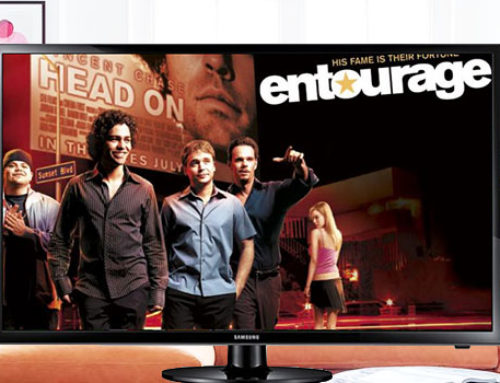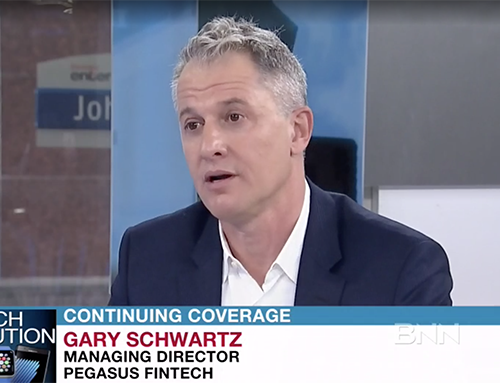Until 2015, business process outsourcing (BPO) was based on a simple math formula: outsourcing non-core services including customer call centers to more cost-efficient partners and markets to reduce spend.
When technology was deployed, it was predominately committed to optimizing the BPO infrastructure and managing “bums in seats.” BPO suppliers focused on solutions that could mitigate operational costs and driving process efficiency.
However, as the end consumer becomes increasingly mobile, equipped with smarter devices and, most importantly, higher customer service expectations, Corporate America needs to address how best to service this new customer.
In 2015, BPO needs to move beyond managing call center bodies. This is particularly important to inbound call centers.
As the vast majority of consumers use their always-ready mobile phones to reach the call center services, providers need to revisit their call center architecture and develop mobile-centric efficiency throughout the lifecycle of the call.
BPO companies have traditionally differentiated their services by providing workers at a lower cost.
Historically, operations focus on large-scale transaction processing beating the clock on handling times: i.e. average hold time – AHT, or average speed of answer, ASA. These business models need to be revisited.
As in other verticals such as retail, health and finance, the consumer is now at the center of operational design, and customer satisfaction is the new and key performance index.
The challenge for many providers is executing on this vision.
Making the call
Designing mobile hooks, leveraging new APIs to enhance the existing call flow and creating omnichannel content delivery is outside the scope of most call center operations.
We see this shift in national and municipal services such as Next Generation 9-1-1 in the Canadian market and Next Generation 3-1-1 service in cities such as Chicago and New York where the incumbent call center now offers onmichannel interactions catering to the mobile user.
SMS-based call flows allow for instant information. Operator text chat via SMS and application layers allow for on-the-go convenience as well as operational efficiency and cost savings for the call center.
The goal is to move away from an intelligent Siri-type system to an anticipatory GoogleNow-type approach. Delight the customer by anticipating their preferred channels and their time-sensitive needs.
This is no easy task.
For more than 20 years, BPO call center performance was measured, in large part, on cost-per-call or by the number of seats in a call center. This simplistic math led to globalization of services with early adopters such as GE and American Express moving operations to India in the early 1990s.
The Philippines’ BPO sector is the fastest-growing industry in the country with 900,000 Filipinos employed full time in 2013, providing an estimated 1.3 million new jobs in the IT/BPO sector by 2016.
However, as we move into 2016, the consumer is demanding smarter services from legacy call center IVR and live operators.
Ideal operator
At its core, the call center will continue to focus on availability, information accuracy and consistency.
While voice communication will remain the call center’s pillar, here are a number of key next-generational services that can complement and enhance the live operator experience:
1. Mobile triggers (calls to action, or CTA) to reach the call center. This has become a standard creative ad unit in mobile advertising. Traditional media also has leveraged mobile # or * services. This quick mobile access needs to become ubiquitous.
2. On-hold omnichannel selection. When customer security authentication is not a concern, providers can use the hold time to offer options to mobile callers that mitigate high abandonment rates (AAR) and optimize their on-the-go mobile requirements. Jumping into a text-based chat is an example.
3. Disconnect mitigation strategies. If the call is dropped, push text-to-queue services to make sure the customer is reentered into the priority line or trigger a callback service with instant SMS notification.
4. End-of-call informational push. Send end-of-call informational summaries – virtual sticky notes – via SMS to mobile callers with time sensitive information.
5. Customer satisfaction surveys. Always move a live call into a mobile C-SAT survey that can be completed at the customer’s convenience. Text-based multiple choice questions result in much higher response rates than IVR surveys.
6. CRM push follow-up. Acquire an opt-in to future communication from the caller. This allows for timely follow-up engagement/closure using the request channels to delight the customer.
THE BUSINESS FLOW can be made asynchronous, allowing the mobile consumer to jump into her preferred communication channel before, during and after the call.
Increased use of cloud-based technologies allow call center operators to differentiate their services and ultimately become Big Data and analytics shops providing insights to drive their clients’ business objectives.
This move will enable providers to participate in the business goals of their clients –a far cry from simply answering the phone cost-effectively.



